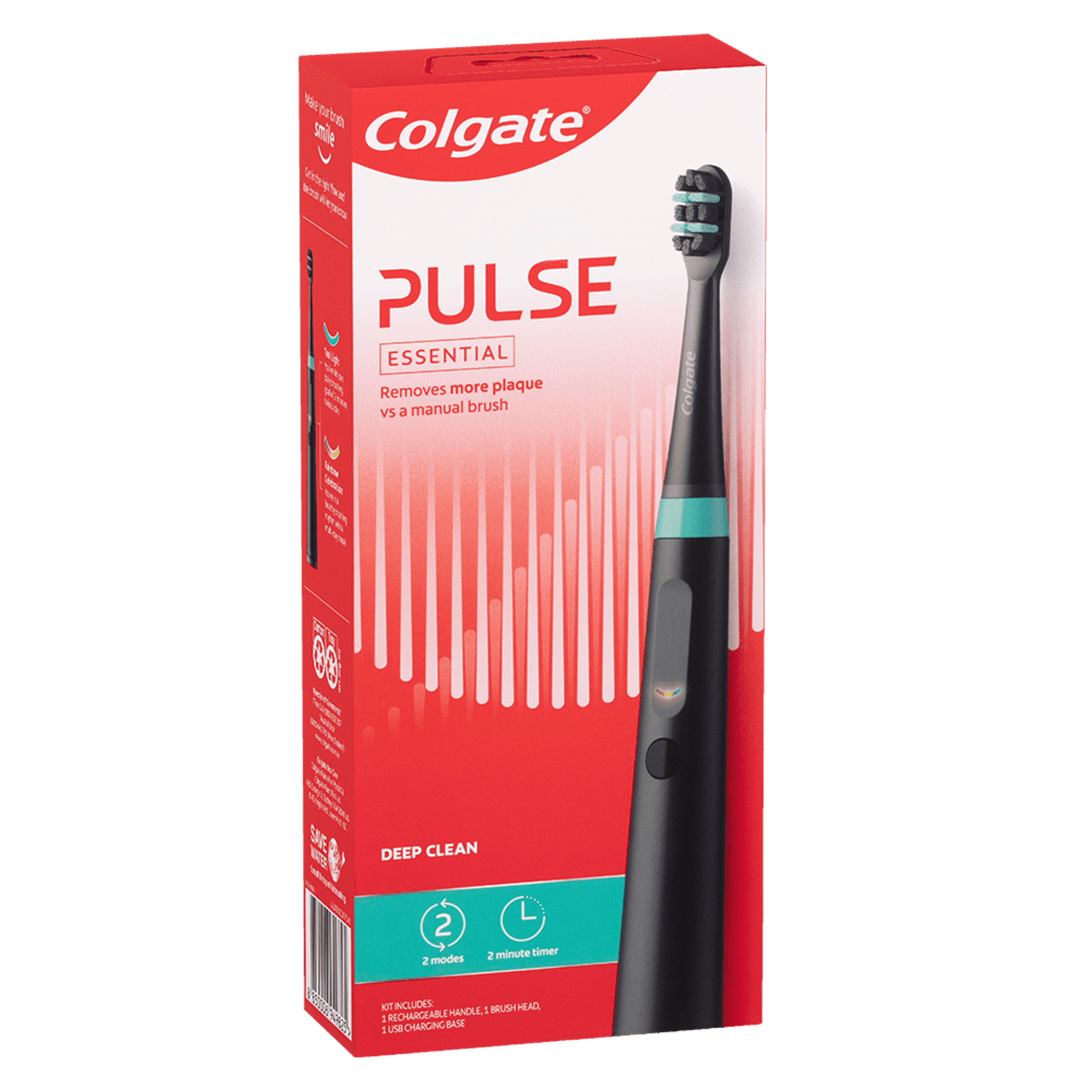The Evolution Of The Toothbrush
The first known toothbrushing tool dates back to around 3000 BC, when the Babylonians and Egyptians frayed the ends of twigs to make brushes. These tooth sticks have been found next to their owners in Egyptian tombs, signifying just how important good oral health was.
Around 1600 BC, the Chinese used aromatic twigs to make ‘chewing sticks’, for freshening the breath. Many years later in the 15th century, they would go on to invent the first bristle toothbrush resembling the design we know today.
To make these toothbrushes, the Chinese took bristles from pigs’ necks and fixed them to a bone or bamboo handle. In the 18th century, an Englishman called William Addis developed a similar brush using a cattle-bone handle and swine bristles, while Europeans would use softer horse hairs or feathers instead.
Many of us today would recoil at the thought of brushing our teeth with animal hair, but these brushes were in use right up until the development of nylon bristles in the early 20th century.
When the first electric toothbrush was made in the U.S.A in 1927, it was a bulky, mains-powered device only intended to be used for patients with braces or limited mobility. However, by the 1960s, a U.S. manufacturer had created a cordless design that saw the electric toothbrush go mainstream.
Today’s brushes come in all shapes and sizes, with moulded handles, angled heads and contoured grips for easy brushing. The choice of bristles is just as vast, with varying textures, lengths, arrangements and materials to fit every need. And if you use an electric toothbrush, you’ve no doubt chosen from a dizzying array of technologically advanced features like ultrasonic cleaning and pressure sensing.
There’s no doubt that the humble toothbrush has come a long way, but what about its partner?
The History Of Toothpaste
In 5000 BC, two millennia before they invented the tooth stick, the Egyptians used paste to clean their teeth. The ancient Greeks and Romans eventually created toothpaste recipes of their own, with the people of India and China following suit around 500 BC.
While they were designed to address the same concerns we have today – oral hygiene, fresh breath, white teeth – the earliest toothpastes used very different ingredients!
Egyptians loaded their toothpaste with abrasives like burnt eggshells, oxen hooves, pumice and salt. The Greeks and Romans took the scrubbing up a level and added crushed bones and oyster shells to their toothpaste. And if you think bone toothpaste sounds bad, spare a thought for the Romans who used urine to whiten their teeth!
For fresh breath, the Egyptians used more appealing ingredients like mint, peppercorn and dried iris flower, and the Chinese used ginseng and herbal mint. Europeans, on the other hand, favoured a simple honey, salt and rye flour mixture for their dental needs.
Toothpaste as we know it today came about in the early 1800s. At this point, it still came in powder form, but it contained more contemporary ingredients like soap, with chalk, ground charcoal or betel nut for abrasion. By the late 1800s, Colgate had released the first liquid toothpaste product in a jar, followed by the modern-day tube in the 1890s.
In the 20th century, toothpaste took on a more therapeutic role. Fluoride toothpastes were introduced in 1914 to prevent decay, followed by toothpastes designed to minimise abrasion or treat conditions like tooth sensitivity.
Just like the modern toothbrush, today’s toothpastes offer a wide variety of options. Most contain fluoride and other disease-fighting ingredients as standard, with countless colours and flavours to suit every taste.
From frayed twigs and crushed bones to our present-day toothbrushes and toothpastes, both products have been on quite the journey. However, it’s clear that good oral health care has always been a top priority. See your dentist regularly, brush your teeth twice a day, and thank your lucky stars for modern, minty-fresh toothpaste!
This article is intended to promote understanding of and knowledge about general oral health topics. It is not intended to be a substitute for professional advice, diagnosis or treatment. Always seek the advice of your dentist or other qualified healthcare provider with any questions you may have regarding a medical condition or treatment.














